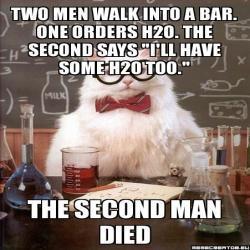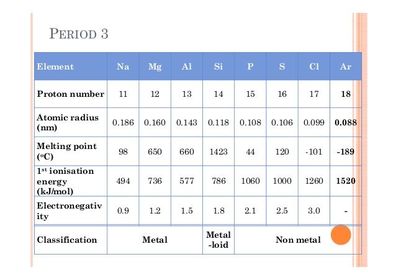AS - Level Chemistry (Past paper practice ) Flashcards on Chemistry past paper questions (January 2009), created by Emily Sutton on 01/03/2016.
Pinned to
1413
0
0
No tags specified

|
Created by Emily Sutton
almost 9 years ago
|
|
Close




